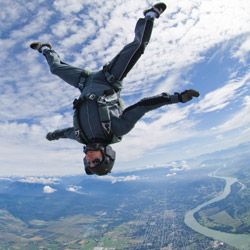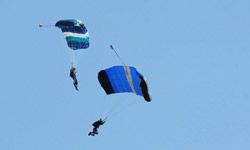Air sports are a dangerous but exhilarating hobby. The risk certainly doesn't keep people from flying, but even the best-trained air sports adventurers need to be leery of the long list of things that can go wrong on a flight.
According to the Fédération Aéronautique Internationale, which operates as the world governing body for air sports and aeronautical records, there are 10 different air sport disciplines.
Advertisement
- Aeromodeling
- Aerobatics
- Astronautics
- Ballooning
- General Aviation
- Gliding
- Hang Gliding and Paragliding
- Microlights
- Parachuting (skydiving)
- Rotorcraft
[source: FAI]
There is also wingsuit flying, which is not governed by the FAI rules.
While air sports might seem like a new sports phenomenon to the casual onlooker, they've been around since the turn of the 20th century. The pioneering efforts of the Wright Brothers, Alberto Santos-Dumont, Clément Ader and others helped mankind achieve its dream of flight.
Once you put a person up in the air, new problems arise. Countless different malfunctions can take place when you're falling to the ground or in flight. We'll take a look at 10 of these potential problems.





